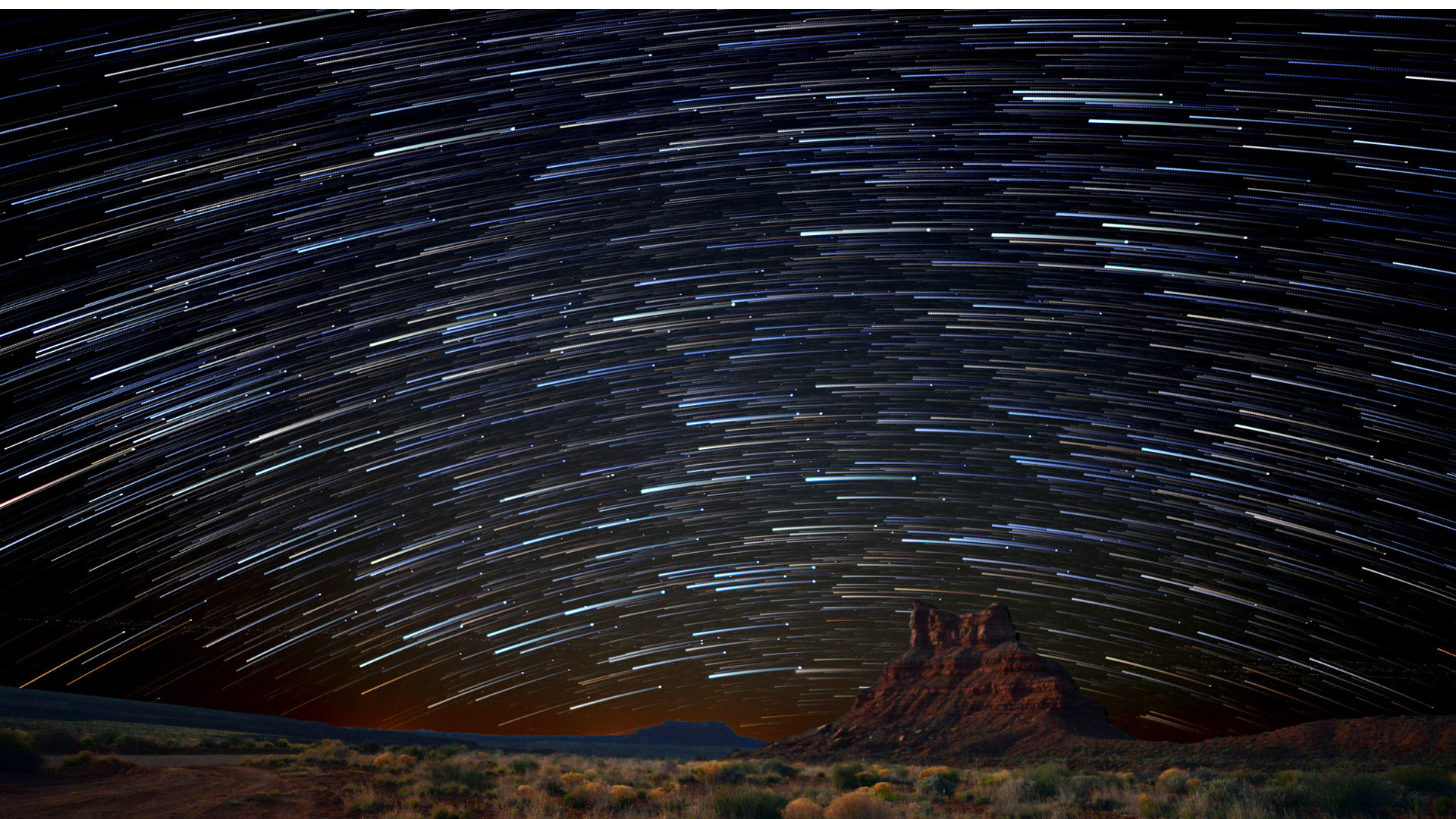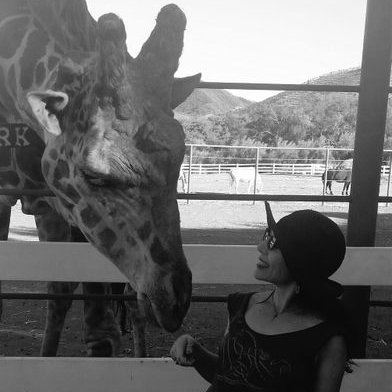One of my earliest memories is of extinct animals. I was three years old, standing among the dinosaurs at the Smithsonian Museum, and I was sobbing.
It wasn’t that the enormous beasts scared me, but that it was time to go. My family was visiting D.C., and I knew I would only be able to see these amazing creatures in books once we returned to Florida. To console me, my mother crafted a small Eryops from orange fabric. Even then I knew my cuddly new companion wasn’t a dinosaur but a strange giant amphibian that lived during the Permian, a mysterious time that predated the rise of the “terrible lizards.”
I couldn’t help but wonder what had become of all the real Eryops, not to mention the other bizarre animals, like the sail-backed Dimetrodons that shared their vanished world.
Years later I would understand the chilling implications of the answer: climate change.
When I was a kid, even the demise of the nonavian dinosaurs was an open question. Since then scientists have come to suspect that an asteroid probably finished them off at the end of the Mesozoic Era about 66 million years ago, although there’s evidence that other factors also played a role.
That “extinction event” was nothing, however, compared to the earlier one that ended the Permian Era over 250 million years ago. Colloquially known as “the great dying,” it was a time when more than 90 percent of all species on Earth were extinguished, including over two-thirds of land animals, most trees, and an astonishing 95 percent of the species in the seas.
If it had been just a little worse, we might term it a “sterilization event.” Or we might not be here at all.
If this all sounds depressingly familiar amidst the modern-day extinction crisis, CO2 swelling, melting ice caps, acid rain and huge anoxic marine “dead zones,” you may know why scientists are so keen to understand exactly what caused this particular historic apocalypse. The science behind the interplay of climate, ocean currents and the atmosphere is well understood, but the system is complex. The Earth’s biosphere as we know it now is moving into uncharted territory thanks to our actions. It would be helpful if we had a former event to compare to some of the markers we’re now seeing. The fact that previous events were natural, while ours is human-caused, matters little when solutions as well as probable results are being sought.
Stalking a killer 250 million years after the fact, though, isn’t easy. Rocks of the right age are often deep underground or have already been pulverized to dust. Still, there are a few promising outcroppings: the Karoo desert in South Africa, for example, or the Black Triangle in the Czech Republic, which, ironically, is now easier to prospect thanks to its forest dying as the result of human-caused acid rain.
And then there’s Bears Ears National Monument in the western United States, unique among the world’s fossil sites because its exposures document not just the end-Permian event, but an almost unbroken span of time stretching from 300 million years ago to 150 million ago. Written in rock, this chronicle reveals not only the worst extinction event of all time but the rise of life beforehand and the aftermath of its death.
Nowhere else in the world is the puzzle so complete — or so endangered.
When President Obama created Bears Ears National Monument, he did so not only because the land is beautiful and teeming with wildlife, although it is both those things. He also took into account its cultural heritage and importance to the American Indian tribes who hold much of it sacred. But there was a further reason, as outlined in his Presidential Proclamation, which was meant to protect it for future generations. Two long paragraphs of the short document are devoted to explaining the value of the region’s fossil riches and the secrets they can reveal.
And while there are fossils galore in the Bears Ears region, dating from the time of the dinosaurs as well as the much more recent Pleistocene, it’s no accident that it encompasses so much of the record of one of life’s greatest disasters, too. The scope of what could be gleaned from these rocks is enormous.
Now, of course, things are different. In December President Trump signed an order shrinking the monument by 85 percent. Inevitably, many of the most important fossil sites will lose protection under this plan. If those sites are subsumed by oil, gas or uranium extraction, the information they hold will be lost forever, along with their record of the sequence of events that led to the greatest dying the Earth has ever seen.
That may mean that we as a species are denied important clues about the consequences of what we’re currently doing to our climate and environment. We understand that what we’re creating is unsustainable, but exactly how unsustainable? Will it be just enough to make life uncomfortable, or bad enough to halt oceanic circulation, asphyxiate marine organisms and starve life on shore? Careful scrutiny of Permian fossils could provide the answer — not to mention a call to action.
Despite Trump’s order the fate of Bears Ears is not yet written in stone. Many groups have filed suit to reinstate protections. Eventually the fate of the monument will probably be up to the courts and public opinion. With luck Obama’s designation will stand. If that happens we will all profit from what we learn from the fossils. And the wildlife that currently calls the monument home won’t end up relegated to museums as examples of an extinction event we had the power, but not the will, to stop.
© 2018 Corinna Bechko. All rights reserved.
The opinions expressed above are those of the author and do not necessarily reflect those of The Revelator, the Center for Biological Diversity or their employees.



